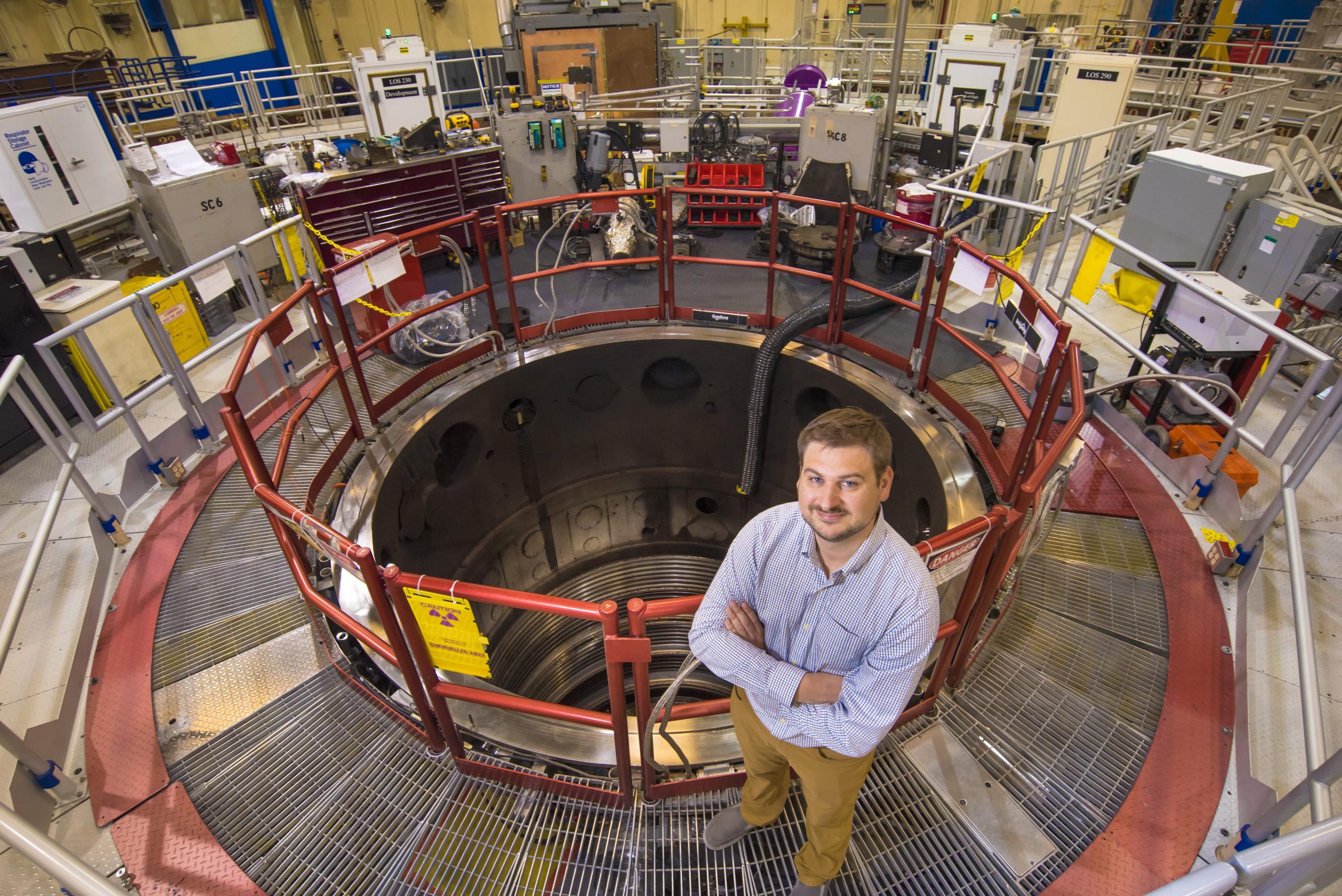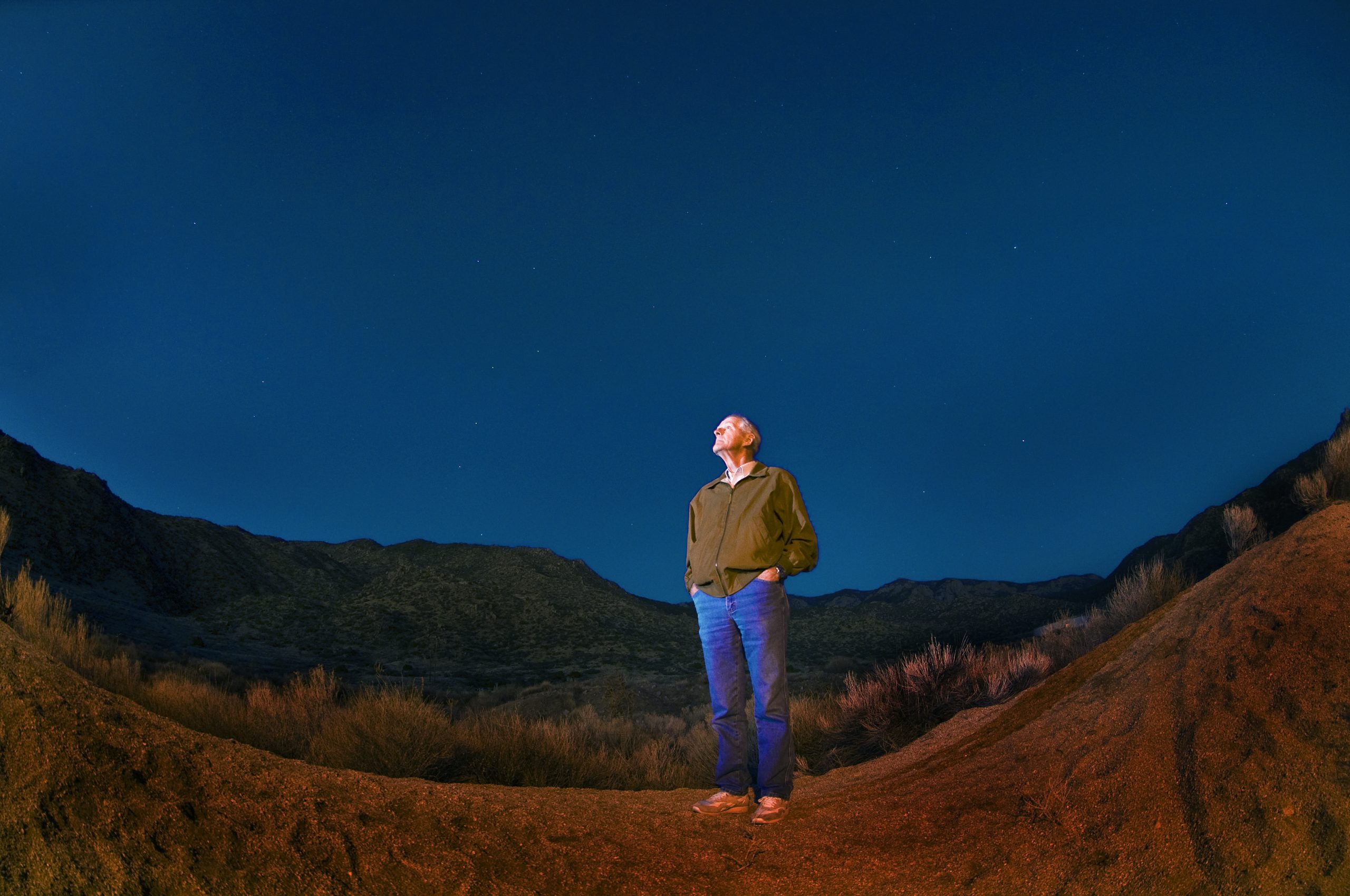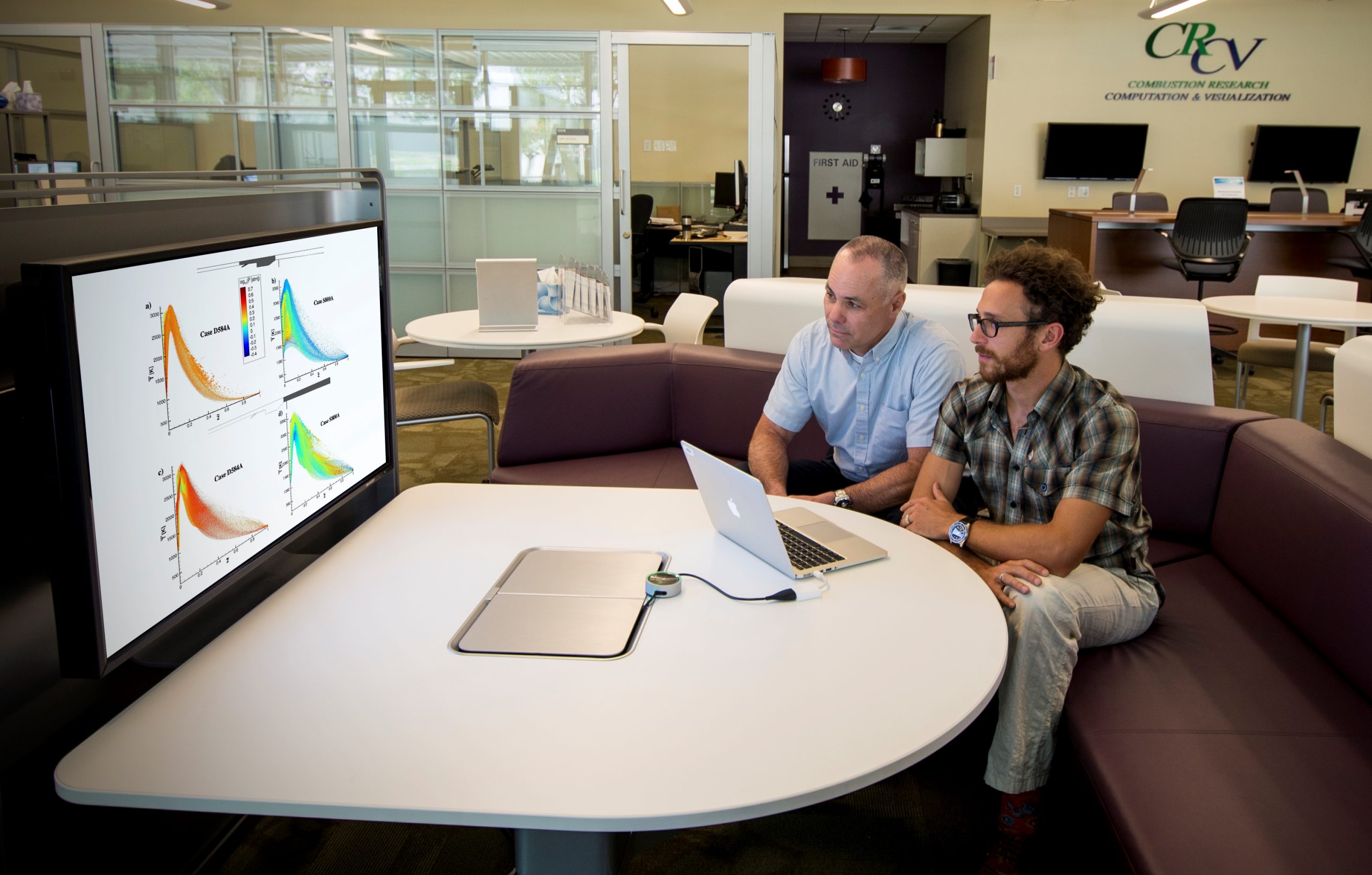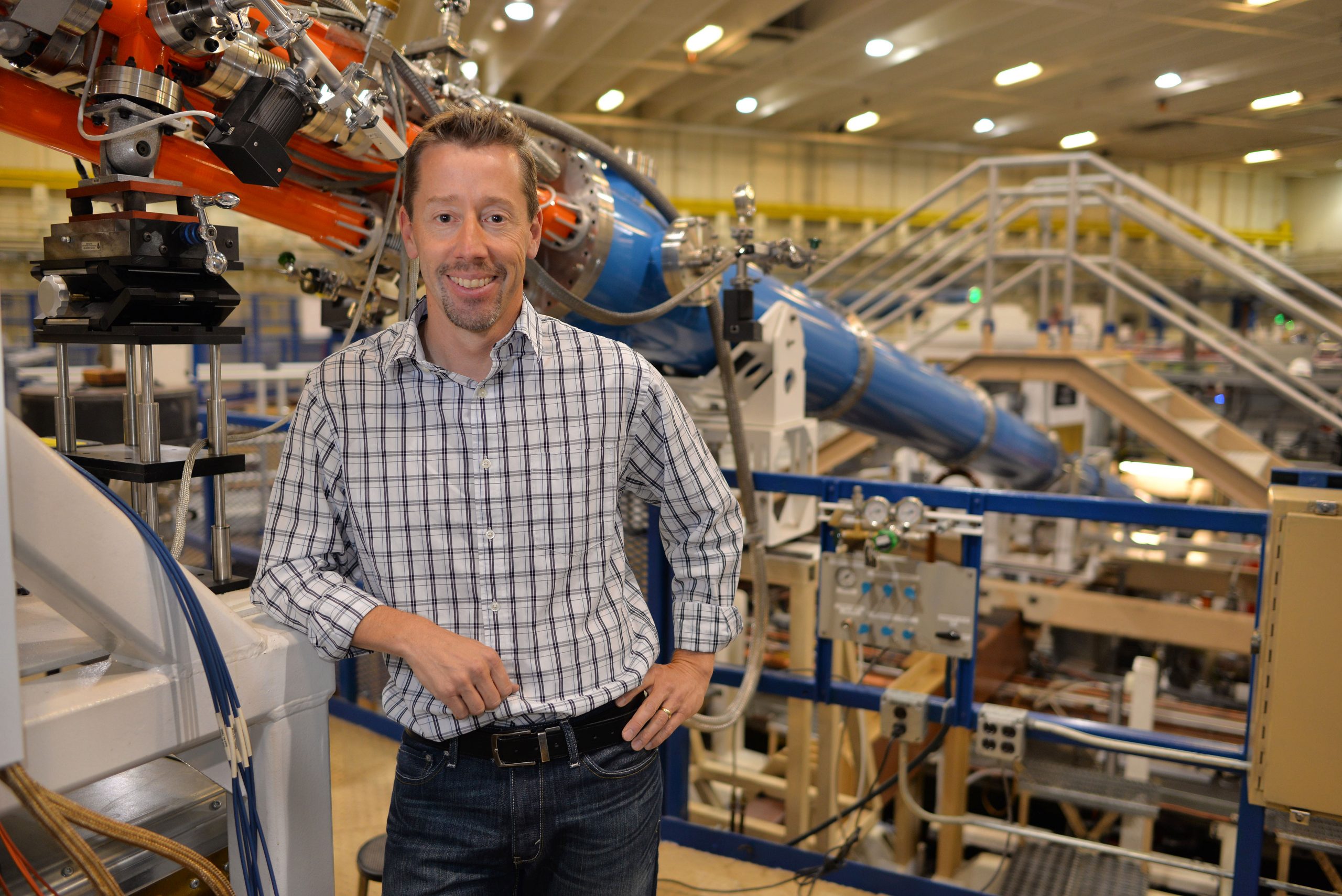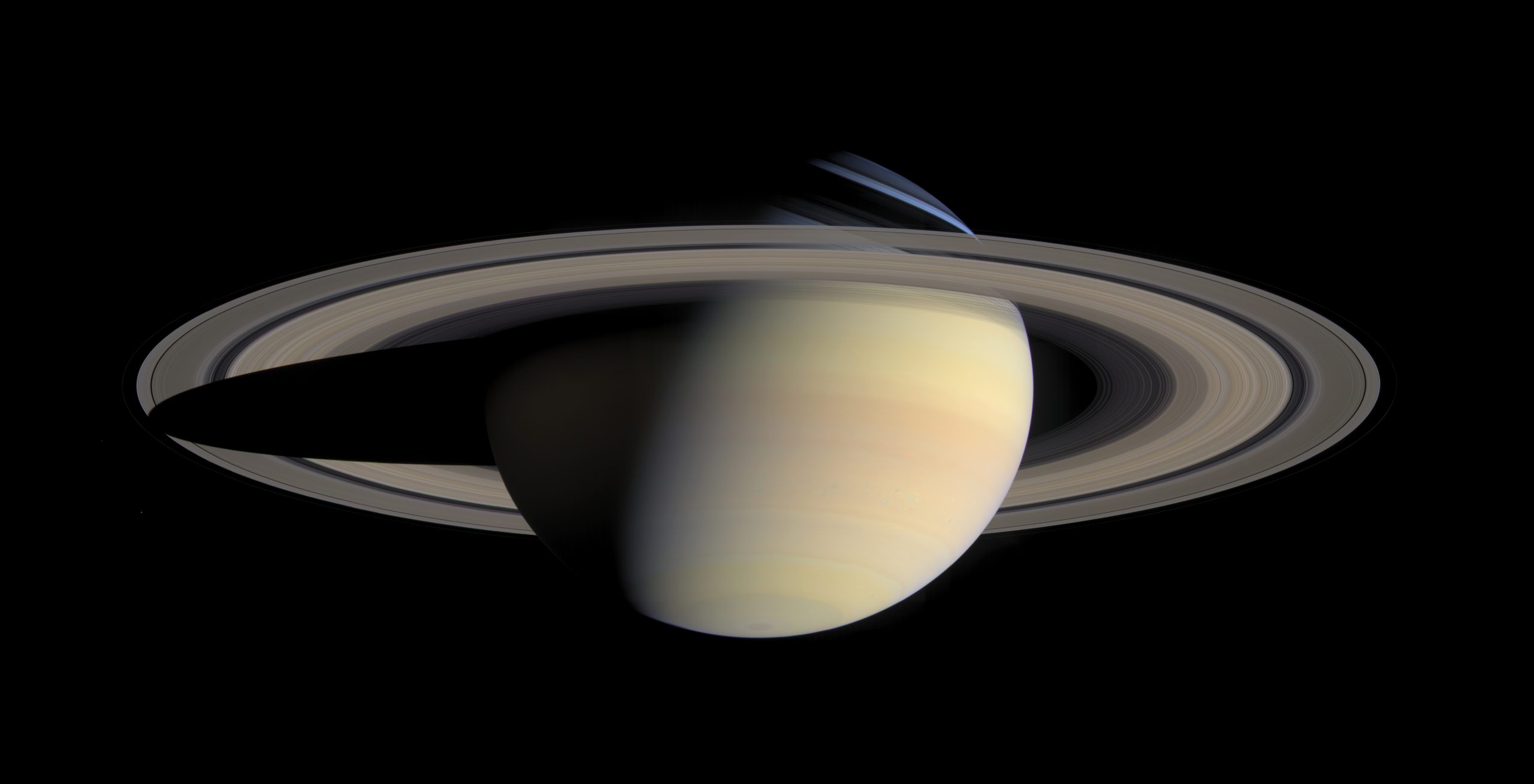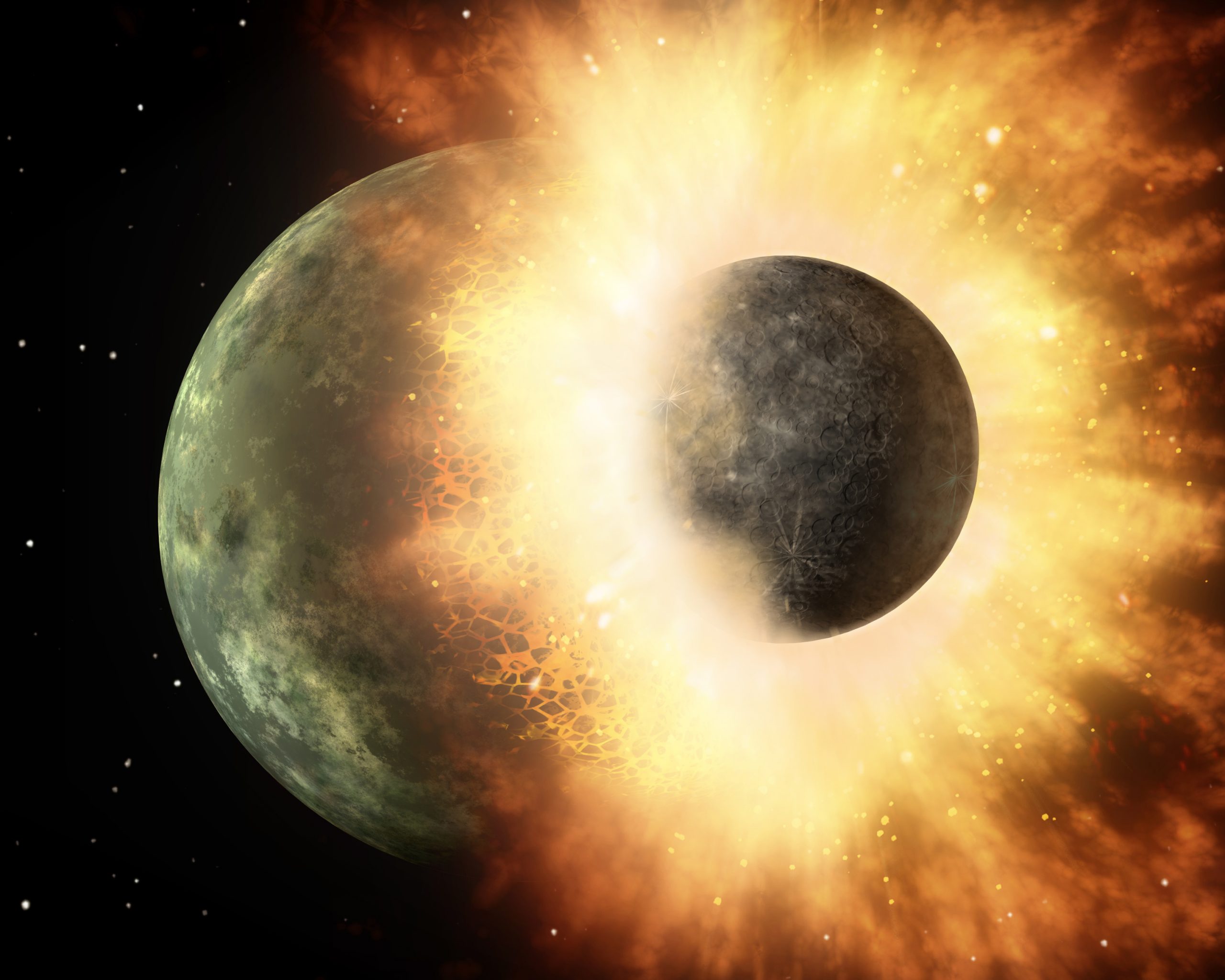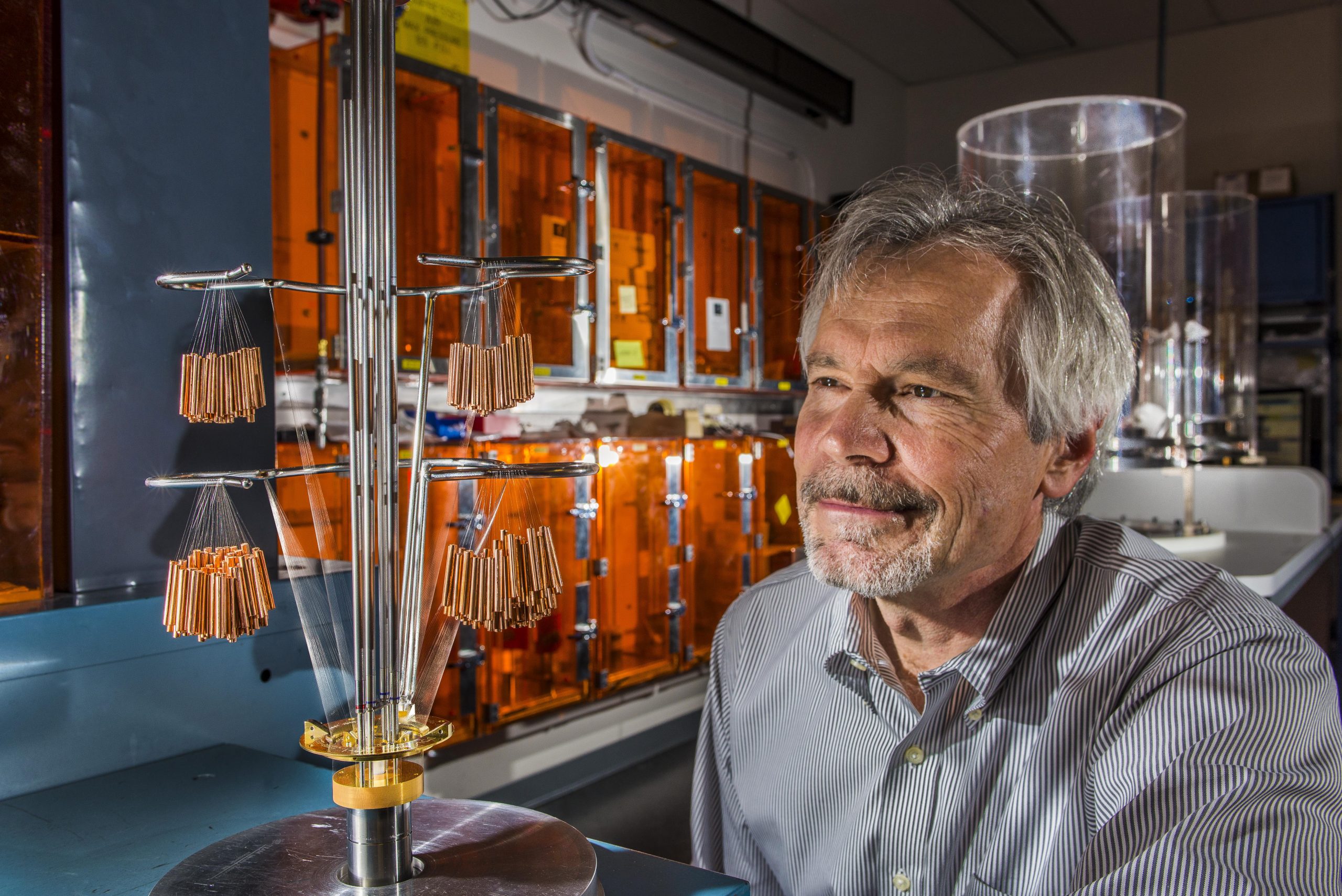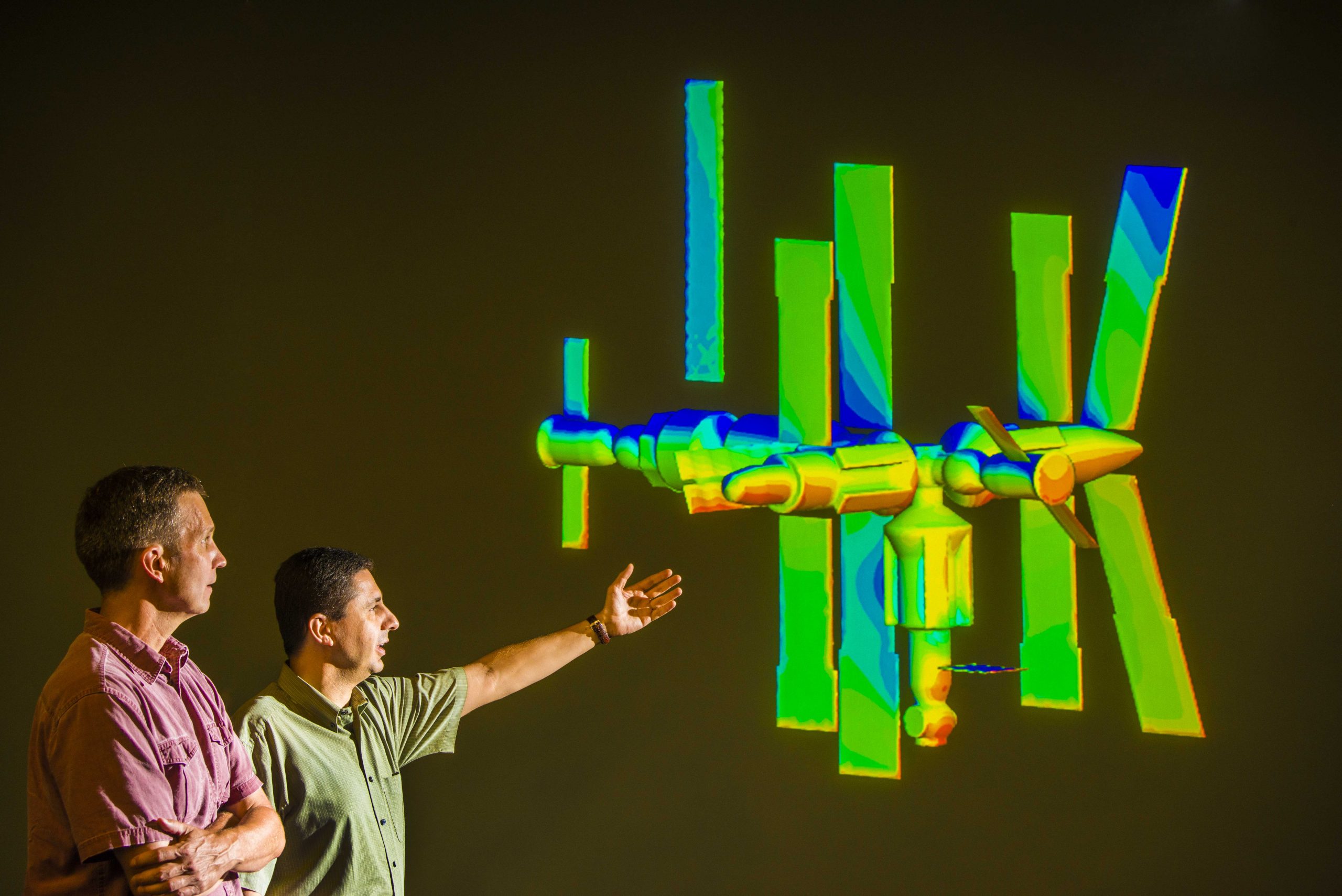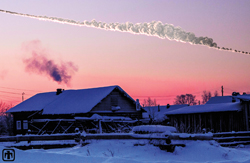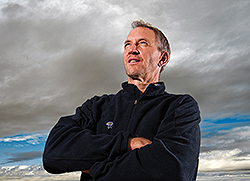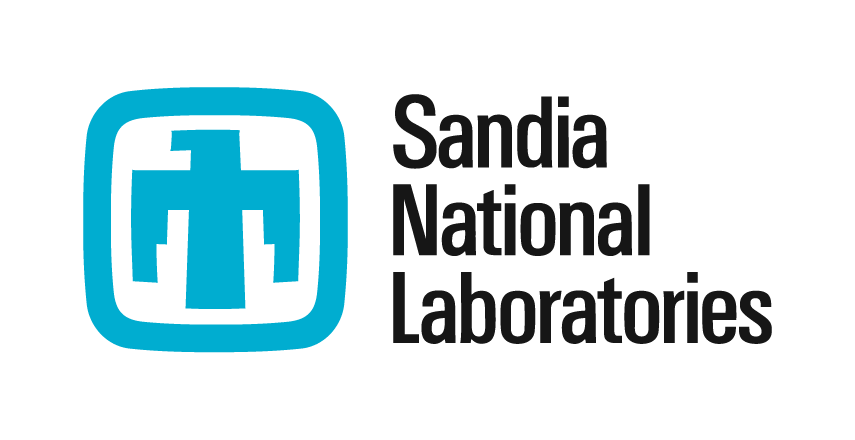August 28, 2017 • ALBUQUERQUE, N.M. — A long-standing but unproven assumption about the X-ray spectra of black holes in space has been contradicted by hands-on experiments performed at Sandia National Laboratories’ Z machine. Z, the most energetic laboratory X-ray source on Earth, can duplicate the X-rays surrounding black holes that otherwise can be watched only from a...
